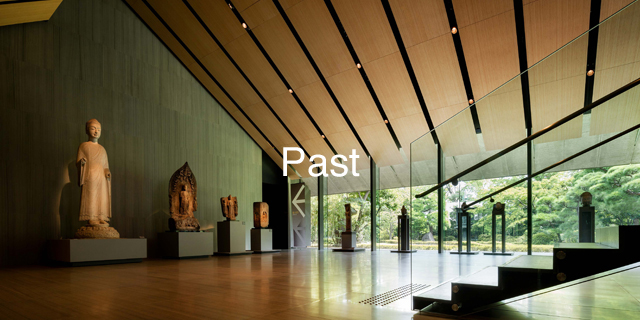
-
Special Exhibition
Masterpieces of Northern Song Painting and Calligraphy
- Friday, November 3 - Sunday, December 3, 2023
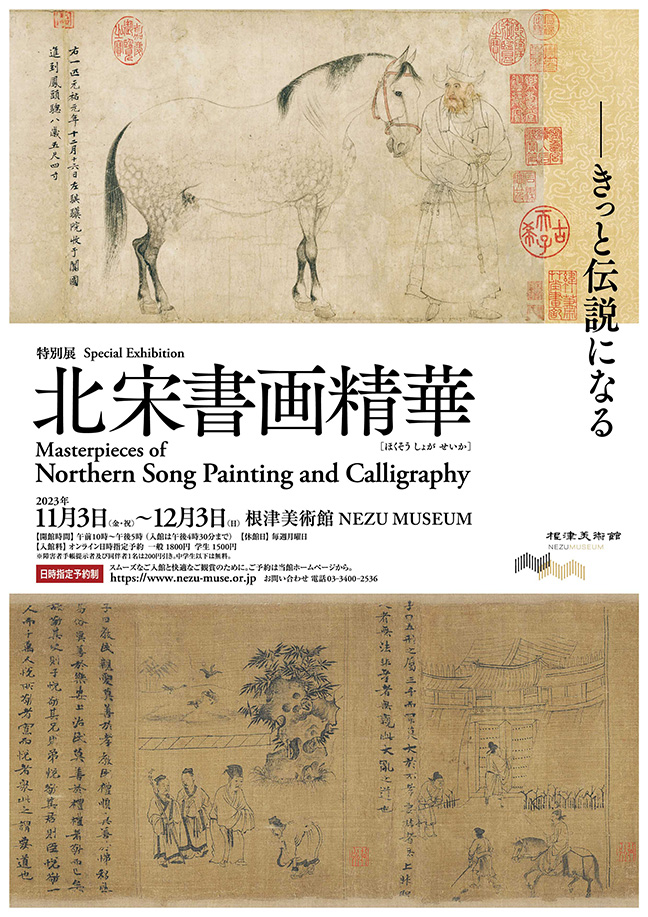

| Closed | Mondays |
|---|---|
| Hours | 10 a.m. - 5 p.m.(last entry: 4:30 p.m.) |
| General admission (On-line timed-entry tickets) |
Adult 1800 yen, Student 1500 yen *Timed-entry tickets will be on sale from 1 p.m., October 27. |
| Gallery | 1/2 |
The Song period (960-1279) was a pinnacle in the history of Chinese painting and calligraphy, and works from that period were regarded as classics by later generations. Starting in Japan’s medieval period (1185-1573), Japanese connoisseurs of Chinese art are known to have treasured Southern Song (1127-1279) works. Moreover, works from the preceding Northern Song period (960-1127) had also been brought to Japan almost contemporaneously with their production, in the late Heian period (eleventh and twelfth centuries). In the modern period, with the collapse of the Qing dynasty (1644 - 1911) and the outflow of works of art from China, entrepreneurs in Japan energetically collected Chinese works, believing that they should at least remain in Asia. The collections that they built added more superb examples of Northern Song painting and calligraphy to be handed down in Japan.
One of those masterpieces is the fabled Five Horses picture scroll (now in the collection of the Tokyo National Museum) by Li Gonglin (1049?-1106), a leading Northern Song painter. In 2018, it reappeared for the first time in more than eighty years. That remarkable event inspired this exhibition of superb Northern Song works of painting and calligraphy handed down in Japan. These works are joined by a special exhibit, Classic of Filial Piety, a benchmark work of ink-line painting by Li Gonglin, which the Metropolitan Museum of Art in New York has lent for this exhibition.
This exhibition is the first in Japan to explore the essence of the Northern Song arts of painting and calligraphy.
* During the exhibition, there will be rotation in which some of the artworks will be replaced with other works, or different scenes will be shown. Please check the list of works.
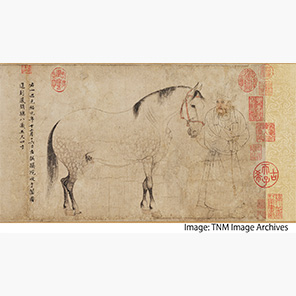

-
Five Horses
By Li Gonglin - China Northern Song dynasty, 11th century
Tokyo National Museum - This work depicts five famous horses given as tribute to the Northern Song by states in the Western Region. The painting was highly praised as a divine masterpiece by successive emperors of China. Its style, with overlapping fine lines and delicate colors, overturned the conventional image of Li Gonglin as a master of ink-line painting and inspired a rewriting of Northern Song art history.
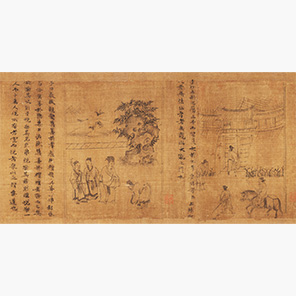
-
Classic of Filial Piety
By Li Gonglin -
China Northern Song dynasty, ca. 1805
The Metropolitan Museum of Art - The Classic of Filial Piety is one of the thirteen classics regarded as the sacred canon in Chinese Confucian tradition. This handscroll version of it includes both a transcription of the text and paintings illustrating it, chapter by chapter. While Li Gonglin primarily worked in rather archaic ink lines, he also used ink shading and stippling in depicting landscapes and trees and rocks; his innovative ink-line painting style suited the Northern Song period, when ink-wash landscape paintings flowered.
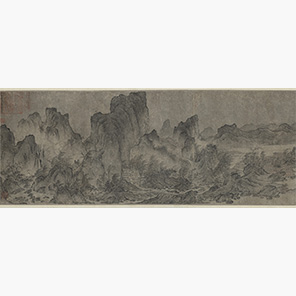
-
Landscape with Pavilions
By Yan Wengui -
China Northern Song dynasty, 10th–11th centuries
Osaka Municipal Museum of Art - Yan Wengui was an Imperial Academy painter active early in the Northern Song period. He is known for having included delicately painted motifs, including human figures, in sweeping landscape paintings. This painting, which makes the viewer strain to see the fine details in a landscape battered by violent winds and rain, gives us a good sense of the distinctive character of his work.


- Mahamayuri
-
China Northern Song dynasty, 11th century
Ninnaji Temple, Kyoto -
This famous Northern Song Buddhist painting depicts Mahamayuri, with three faces and six arms, seated on a peacock, its tail feathers spread wide. The artist’s use of lines of subtly differing width and colors in delicate gradations applied to the entire subject create a solid sense of presence and a three-dimensional effect.
*On display only from November 21 to December 3.


-
Poem from General Fu Bo
By Huang Tingjian -
China Northern Song dynasty, dated 1101
Eisei Bunko Museum, Tokyo - Huang Tingjian (1045-1105) is regarded, with Sushi, his master, as one of the finest Northern Song poets. He is also counted as one of the four great Northern Song calligraphers. This scroll, in which he has written a poem by the Tang poet Liu Yuxi and added his own postscript, is a masterpiece from Huang Tingjian’s late period.
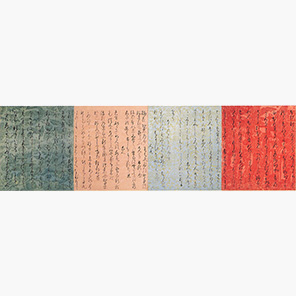

- Preface of Kokin Wakashū Poetry Anthology, Known as Kansubon
-
Japan Heian period, 11th–12th centuries
Okura Museum of Art, Tokyo - This lavish version of the Kokin Wakashū Poetry Anthology has been copied on decorated Northern Song paper, to which mica dust was applied and the paper polished. Only this preface survives entirely intact as a scroll. Detached segments of the anthology are known as the Kansubon Kokinshū-gire (Detached segments of the Kansubon Kokin Wakashū Poetry Anthology). Heian-period aristocrats loved beautiful poetic anthologies on imported paper and used them in gift exchanges.
